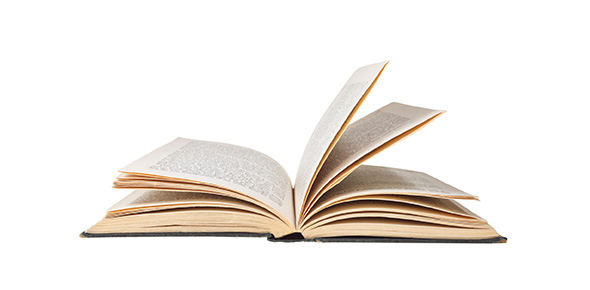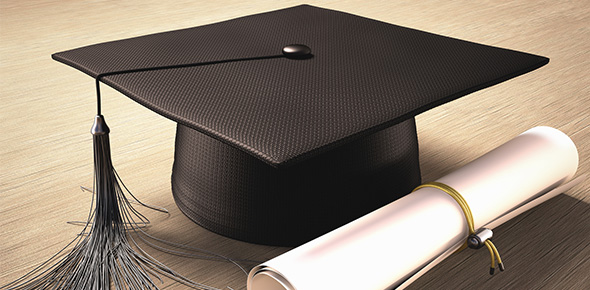Related Flashcards
Cards In This Set
| Front | Back |
|
List and state the sub-elements of each within the force continuum concept:
|
A. Presence: Psychological force established through the officer's arrival on the scene and symbols of authority.
b. Verbal Direction/Control: Conversation, advice, commands or instruction utilized by the officer. c. Physical Control: Use of physical contact 1. soft hand control: techniques which have a low probability of injury 2. hard hand control: have a higher probability of injury d. Intermediate weapons: Weapons which when utilized according to recognized training methods reduce the probability of serious bodily injury. 1. low level intermediate weapon: weapons used with slow pressure 2. high level intermediate weapon: weapons which involve strikes e. Deadly force: Would likely result in death or serious bodily injury. |
|
List the types of behavior a subject may exhibit during the arrest process.
|
A. Compliance
b. Noncompliant resistance c. Assaultive d. Aggravated assaultive |
|
List the factors/variables that may depict the amount of force an officer employs in effecting control or defending himself/herself from a subject he/she encounters.
|
A. subject behavior
b. totality of the circumstances c. environmental conditions d. reaction time/distance from subject e. multiple subjects/ officer f. size & gender of officer/suspect g. skill level of officer h. apparent skill level of suspect i. age of suspect/officer j. injury or exhaustion k. weapon availability l. availability of alternative actions m. previous knowledge of suspect |
|
It is recommended that an officer maintain a reactionary distance of ____-____ feet as a minimum.
|
5,6
|
|
Identify the correct position within each of the following ZONES.
|
A. Zone 1- directly in front
b. Zone 2- 45' off either front shoulder c. Zone 3- directly to the side of each shoulder d. Zone 4- 45' off either rear shoulder/escort position e. Zone 5- directly behind |
|
List the three principal reasons for injury or death of a law enforcement officer.
|
A. carelessness
b. overconfidence c. lack of training |
|
List the five areas that could be used as a striking area for an effective stunning method.
|
A. brachial plexus origin
b. superscapular nerve c. radial nerve d. common preronial nerve e. femoral nerve |
|
True/False
Pressure points are general control methods and have many applications and uses. |
True |
|
What is the main purpose of the baton?
|
To stun or temporary disable without causing long lasting damage
|
|
List the three primary striking areas an officer should use when striking with a baton?
|
A. center muscle mass of arm
b. center muscle mass of leg c. center muscle mass of body |
|
When removing the handcuffs, the officer should maintain a position in zone:
|
4 |
|
List and briefly describe the three types of searches.
|
A. cursory search- frisk/pat down
b. search incident to arrest- complete search of individual/clothing c. strip search- complete & thorough |
|
What zone should an officer maintain when applying handcuffs to a suspect?
|
4 |






